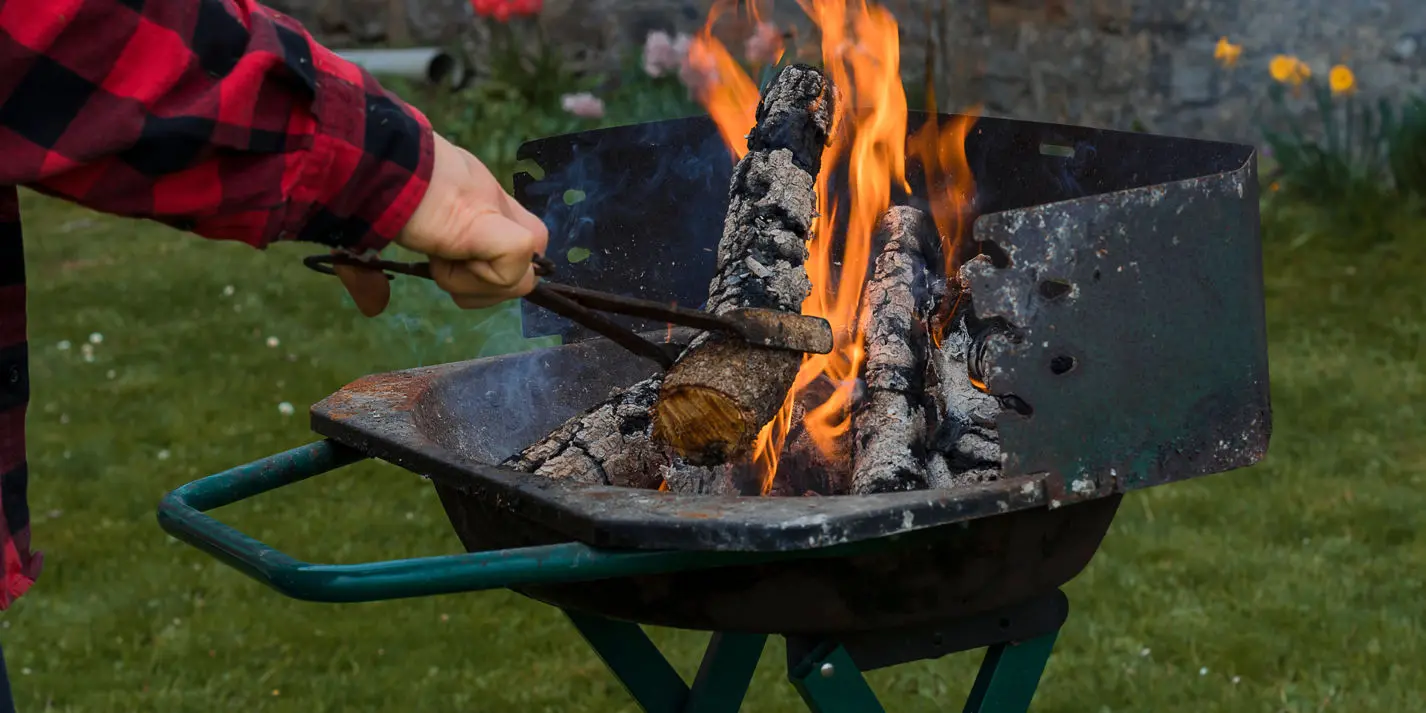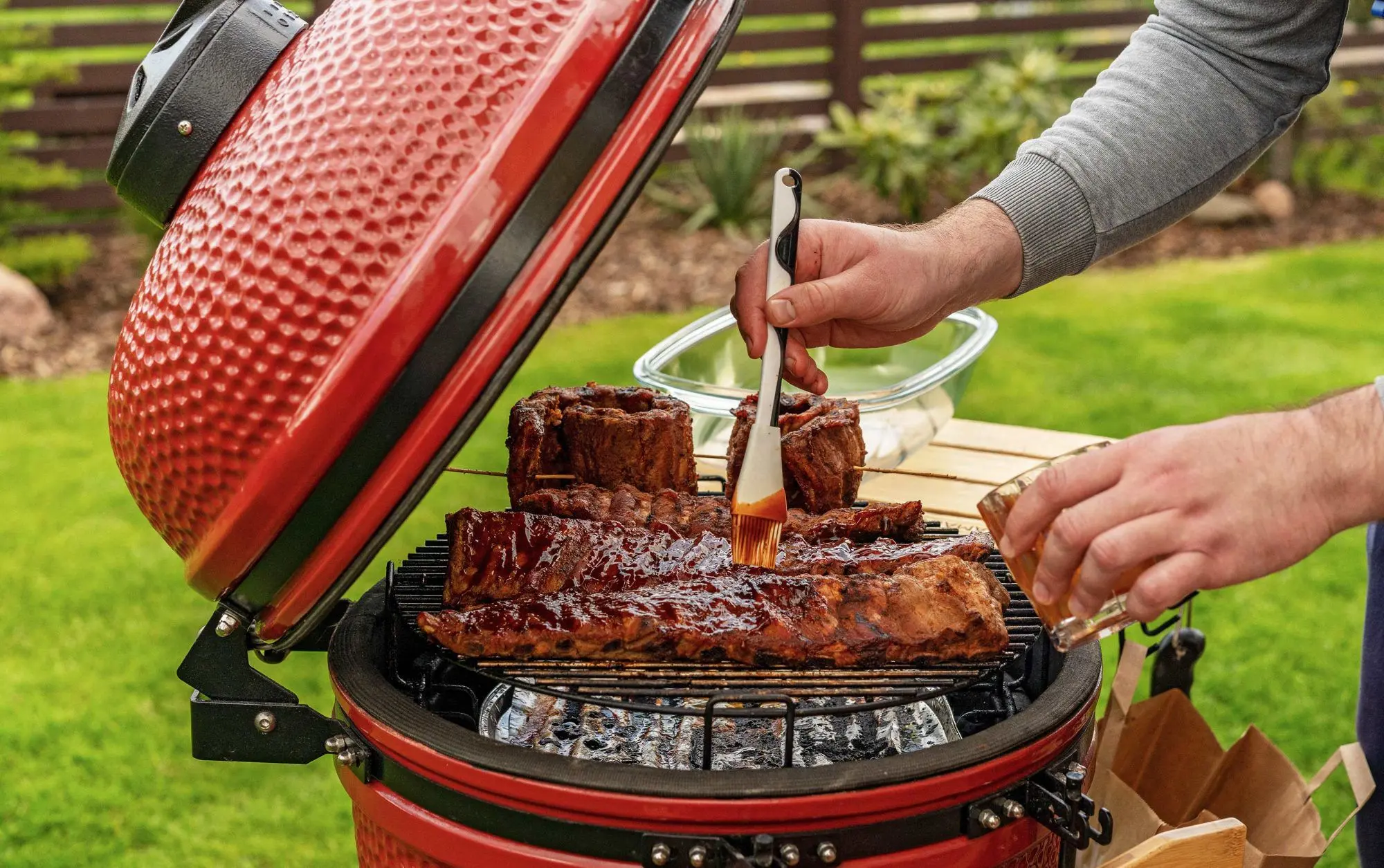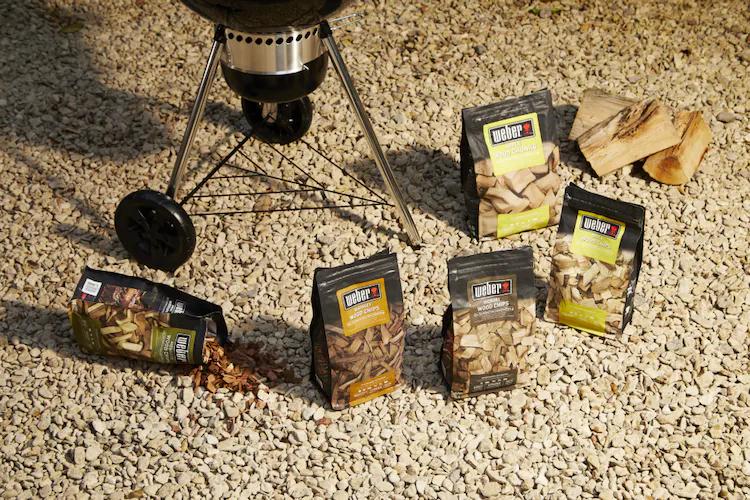When it comes to cooking large cuts of meat like pork shoulders, beef briskets, whole chickens, turkeys, and ribs, barbecuing is the best method. This is because these types of meats tend to be tougher and need the low, slow heat of a barbecue to become soft and tender. The best barbecue chefs take pride in the long cooking time required to achieve the tenderest and most flavorful meat.
How to Barbecue Food
Barbecuing is often done using indirect heat, where the meat is not directly over the flames as it cooks, unlike grilling. Charcoal or wood is commonly used as the heat source for barbecuing.
First, you need to decide whether you will be using a charcoal or gas barbecue. Each has its own benefits and imparts slightly different flavors. Charcoal barbecues, like the Master-Touch GBS Premium, take slightly longer to reach the right temperature as you have to wait for the coals to cool down before cooking. However, charcoal leaves a lovely smoky flavor on your food. On the other hand, gas barbecues, such as the Weber Genesis range, give you better control over the temperature.

The ideal temperature for barbecuing food using the indirect cooking method is between 100 and 150°C. Place your food on the grill, but not directly over the flames, and move it to the edges of the grill. Then, close the barbecue lid to trap the heat and ensure that smoke circulates inside the grill, infusing your food with that delicious barbecue flavor.
Since barbecuing requires low temperatures, cooking a large piece of meat will take several hours. The key is to maintain a consistent temperature throughout the cooking process. If you're using charcoal, it's worth replacing the coals periodically to ensure the temperature remains steady.
The advantages of barbecuing include achieving optimal juiciness in your meat, resulting in a soft, moist, and easily breakable texture when cooked at the right temperature for the right amount of time. However, barbecuing is more time-consuming than grilling, and barbecuing with charcoal is weather dependent.
Barbecue Recipes
If you're ready to level up from burgers and sausages, try cooking a beef brisket or a pork belly with mustard glaze on your barbecue. These recipes are perfect for feeding a group of people with one delicious cut of meat.
Instead of cutting into your meat to check if it's done, use a meat thermometer like the Weber iGrill. It's the most accurate way to determine if your food is cooked to perfection. Simply download the app, select the type of food you're cooking, and specify your desired doneness. The iGrill will monitor the progress of your food in real time and notify you when it's done, allowing you to spend more time with your guests while ensuring perfectly cooked meat.
What Can You Smoke on a BBQ?
Setting up a regular kettle barbecue for hot-smoking requires indirect cooking. Light a small pile of coals and keep them to one side, as they will be your indirect heat source. Place your choice of smoking wood on top of the coals to create smoke. For delicate foods like salmon, aim for a temperature of 80-100°C. For meats, a slightly hotter temperature of 110-120°C ensures they are thoroughly cooked. You can adjust the levels of heat and smoke by controlling the amount of coals, airflow, and wood you use. Remember, gentle smoke is always best, as excessive heat can result in acrid smoke and affect the flavor of your food.
There are three main groups of smoking woods: hardwoods (oak, beech, and birch), fruit woods (cherry, apple, and pear), and nut woods (hazel and pecan). Each type of wood imparts a unique flavor to your food. Experiment with different smoke combinations, such as hickory and cherry for chicken and pork. You can also add herbs like rosemary, bay, and thyme for additional smoky flavors, but use them sparingly as they can be quite strong.
How Does a Smoker BBQ Work?
Smokers are designed to cook food slowly and at low temperatures (between 180°F and 250°F) in a smoky chamber to infuse flavors. Unlike grilling, which involves cooking at high temperatures, smoking relies on the smoke created by smoldering wood chips or chunks. This wood smoke adds an extra layer of flavor to the food.
There are different types of smokers, including propane gas smokers, charcoal smokers, pellet smokers, ceramic smokers, and electric smokers. Each type has its own construction materials and cooking methods, offering a variety of options for smoking food.

Water smokers are affordable and add moisture to the smoking process. They consist of a cylindrical barrel set on a base that acts as the heat source. Wood chips or chunks are placed above the heat source, and a water pan is placed above that. The food is then placed on a grill rack. Dry smokers, on the other hand, cook food through indirect grilling. They have two chambers, with the food chamber heated indirectly by the fuel source in the offset fire chamber.
All smokers have dampers that allow you to control the airflow and temperature. Opening the bottom damper allows more air to reach the fire, increasing the temperature. Opening the top damper allows heat and smoke to escape, lowering the temperature. It's important to note that opening the lid of a smoker causes the temperature inside to drop, so it's best to monitor the internal temperature using a thermometer without constantly opening and closing the lid.
How to Use a Smoker BBQ
Preheat your smoker for about 15 minutes and set the temperature according to your recipe, usually between 200°F and 220°F. Add dry wood chunks or chips for smoke. You can experiment with different types of wood to create unique flavors. Some smokers also have a water pan to create a more humid environment and enhance the smoky flavor. Smoking meat can take several hours to a day, depending on the size, so patience is key. Use a meat thermometer to ensure your food reaches the recommended internal temperature for safety.
The Best Smokers for Beginners
If you're a beginner looking to invest in a smoker, there are a few features to consider. Look for smokers made of heavy-gauge metal, preferably steel, with a smooth porcelain enamel inside and out for durability. A tight-fitting lid is important to hold in the smoke and heat, and a built-in temperature gauge allows you to monitor the heat inside. The smoker should also have easy access to the lower half for adding wood, water, or charcoal as needed. Trays for catching and disposing of ashes and sufficient vents to regulate heat and smoke are also essential.
With this guide to smoked BBQ, you're ready to embark on a flavorful barbecue journey. Whether you choose to barbecue or smoke your food, the low and slow cooking method will result in tender, juicy, and delicious meat that will impress your family and friends.
If you want to know other articles similar to Smoked bbq: a guide to barbecuing and smoking food you can visit the Barbecuing category.


Related Articles